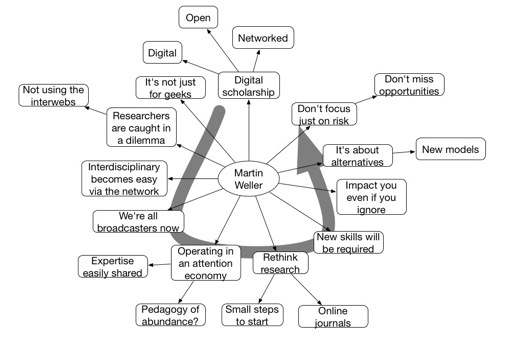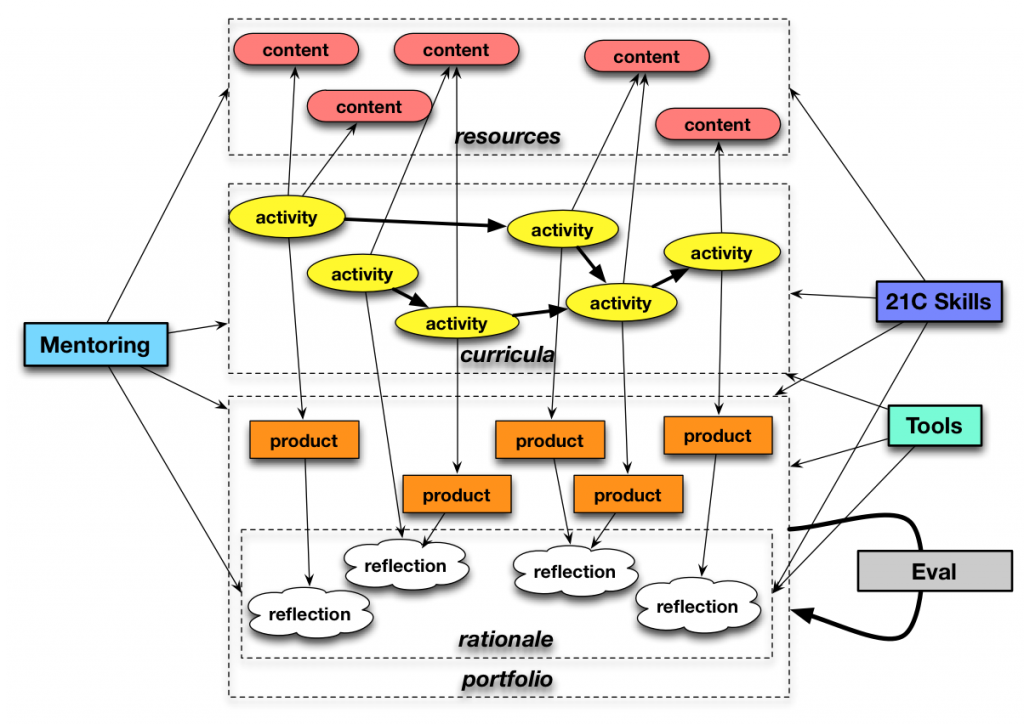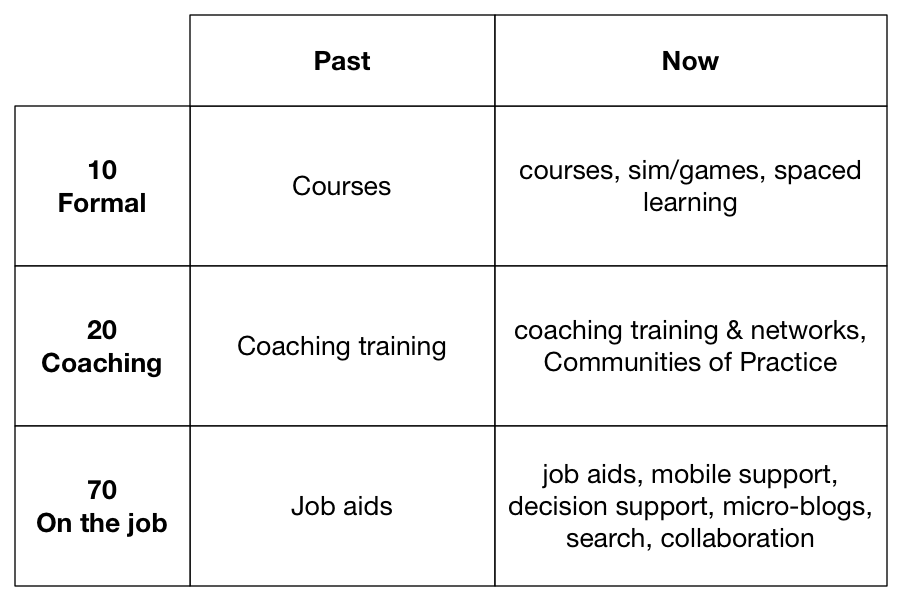Increasingly, as I look around, I see folks addressing learning technology tactics; they’ll make a mobile app, they’ll try out a simulation game, they’ll put in a portal. And there’s nothing wrong with doing each of these as a trial, a test run, some experience under the belt. However, in the longer term, you want to start doing so strategically. I’ll use social media as an example.
Talking with my ITA colleague Jay Cross at lunch the other day, it occurred to me that I was seeing the same pattern with social media that I see elsewhere. When I think through many instances I’ve seen, heard of, or experienced, I see them addressing one issue. “We’ve put in a social media system to use around our formal learning.” “We’ll buy a social media platform to use for our sales force.” And these aren’t bad decisions, except for the fact that such an initiative has broader ramifications.
What I’m not seeing is folks thinking enough along the lines of “social media is a platform, and we should be looking at how the investment can be leveraged.” I’m not seeing enough focus on using every tactic as a step on the way to a ‘workscape’ (aka performance ecosystem). You want to be building the infrastructure for working smarter, and every move should be developing that capability. You want to be getting closer and closer to workers having tools to hand, the resources they need to get the job done.
To empower workers, you want to have the tools for communication, e.g. video sharing, blogging micro- and macro-, discussion forums, etc as well as the tools for collaboration, e.g. shared documents and expertise finding, arranged around tasks and interests, not around silos. To free folks up to get the job done, they need to be able to work smarter.
And you want to align what you’re doing with organizational goals, define metrics that will impact key business metrics, provide governance with partners both fundamental and strategic, leverage other organizational initiatives (oh, you’re putting in a CMS? With just a small additional effort, we can use that to facilitate sharing of information…), etc. It’s time to start thinking strategically, if you want to really move your organization forward. There’re a number of steps: advanced ID, performance support, mobile, each taking on another facet, but arguably the biggest benefit will come from bringing together the talent in your organization. Why not?
Probably the best first step to take is to start using social media in the learning unit, so folks there ‘get it’ (you got to be in it to win it, as they say re: the lottery; guess that’s why I wasn’t one of the 3 winners :). That’s a strategic step that can drive the rest. And you can take the slow path and figure it out yourself, or accelerate with some assistance, but it’s really time to get going. So, what’s stopping you?

 In a recent
In a recent 

